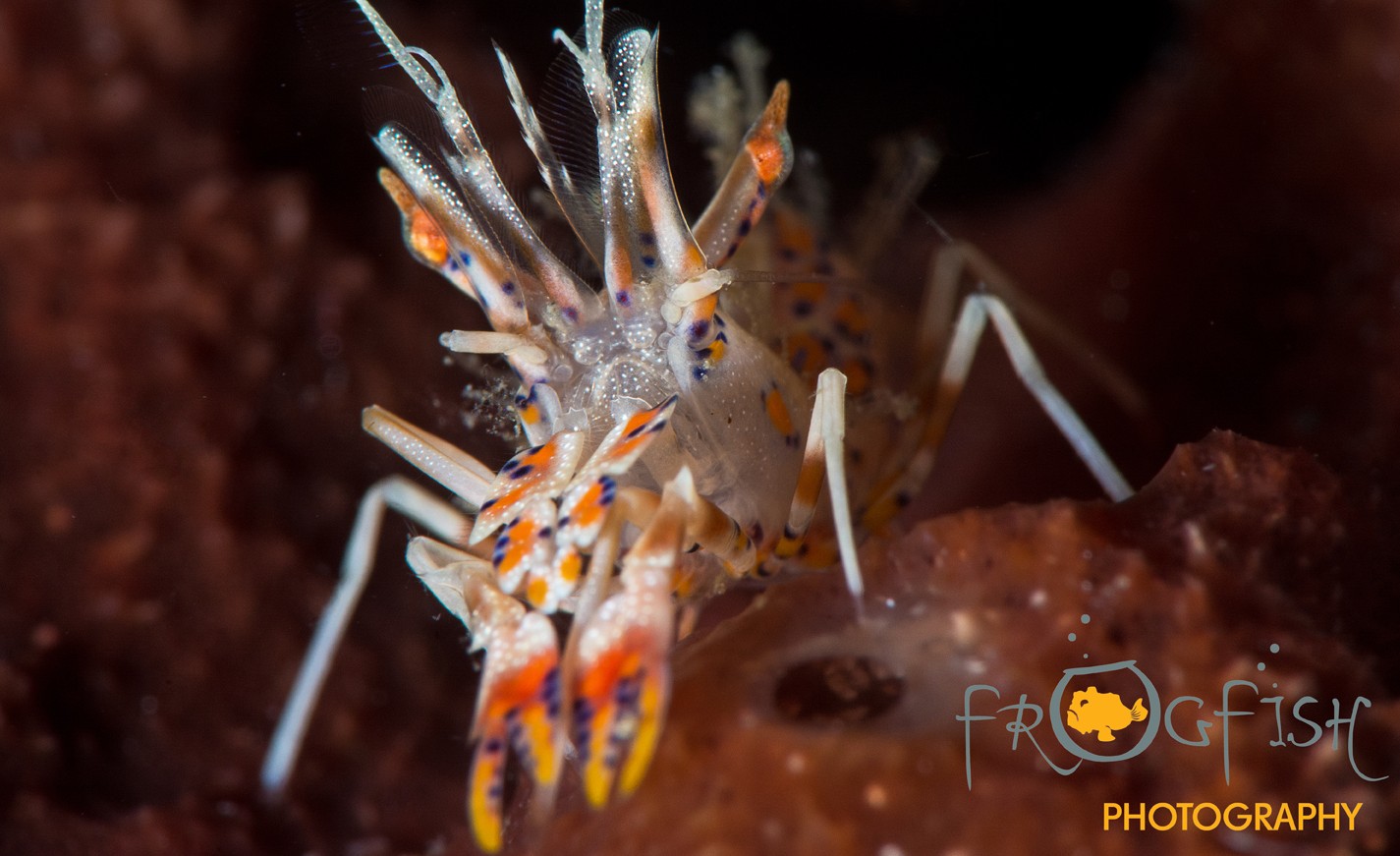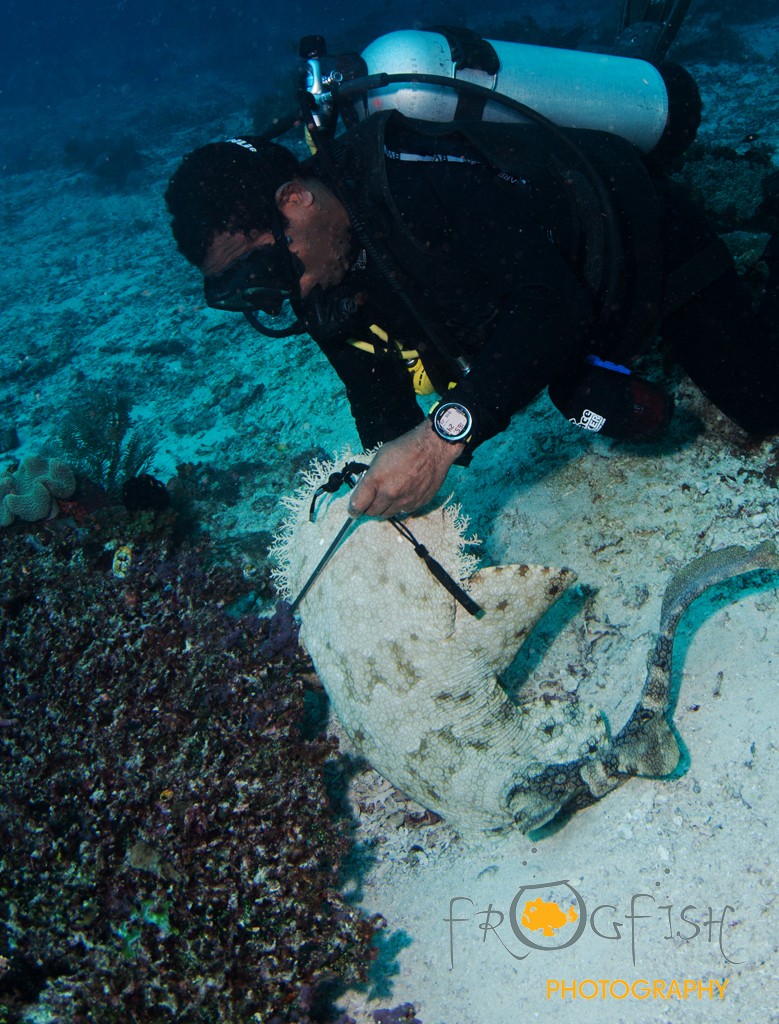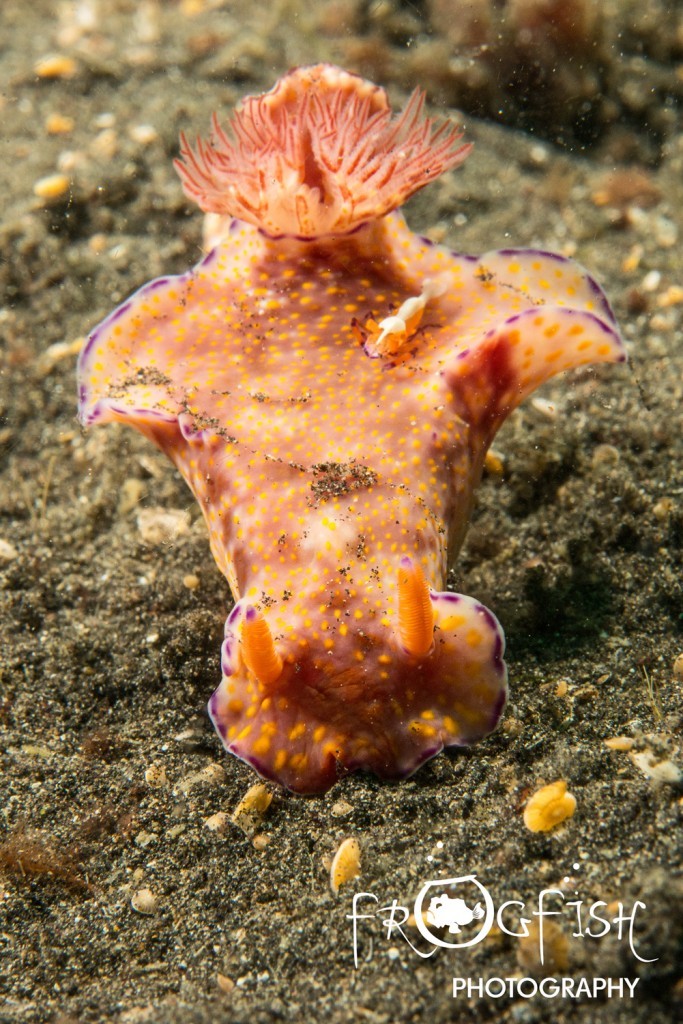News
Underwater Photographers call for an end to harassment of marine life

If you are an underwater photographer, and like to spend a bit of time on social media sites, then you may have seen plenty of comments about various competitions and the images that have done well in them recently. Many competition rules will state that any image that has been taken at the expense of marine life will be disqualified, but how do the judges and organisers prove that the marine life in the shot has been moved, harassed or manipulated? At the moment, the status quo seems to be that if they cannot prove it, then the image will be allowed. However, this sets a terrible example to other divers and underwater photographers and only encourages the practise of moving, usually macro critters, to more photographically pleasing places or poses.
Many may say “What is the problem?” it is only a shrimp, it was unlikely to have been hurt, there are more important things in life to worry about, all photographers do it.

A dive guide moves a wobbegong shark for a better shot for the underwater photographers in his group
All photographers do not do it! As underwater photographers, we should care about the marine environment. It is our responsibility to show the great beauty we see beneath the waves in an honest and truthful way. The argument that there are more important issues going on in the world is just fatuous. Of course there are, but if we used this as reasoning for ignoring the smaller issues, then we belittle everything we do to protect marine life. Caring about the environment, marine life and how this is portrayed in the public domain is important to us.
What can we do? Well, competition organisers and judges can simply change their rules to say that any image suspected of any marine life fiddling will be disqualified. No proof needed. Yes, some people will have perfectly valid images disqualified, but soon would learn not to bother entering such images. For example, it is possible to come across an inflated pufferfish in the wild (it could have been recently licked by a dolphin!), but I would not enter the image into a competition, because I could not prove that it was not me that stressed the fish out. It is possible to find emperor or tiger shrimps in pleasing positions, riding nudibranchs and sea cucumbers for example, but the likelihood of some of these poses happening naturally fits into the same category as that fact that I might win the lottery. It can happen (please let it) but it is phenomenally unlikely. Maybe I should point out at this point that I have a Masters degree in animal behaviour, and so whilst this does not make me an expert in all marine species, it does give me some credibility to comment on such things.
These images should be removed by the organisers and judges, before the serious work of selecting a winner even begins. Underwater photographers can show that they care about these issues by not entering the competitions that fail at following this simple ethos, and complaining and demanding answers about this topic when they feel high environmental standards have not been met.
What can you do? Work with dive centres that do not reward this behaviour in their dive guides. The dive guides, usually in the Far East in our experience, do this because they know that a “good” image of a macro critter will get them a good tip. When we are travelling, we like to dive with centres that do not allow the guides to be tipped individually. Rather, they collect tips, and distribute them evenly among all the staff (those that fill tanks, man the shop, drive the boats etc.) One of our favourite dive centres in Indonesia will fire any member of staff that accepts a private tip and all divers are made aware of this at the beginning of their stay. At other centres, if we are taking a group, we will ask all the divers to tip at the beginning of the week. We give this envelope, with an excellent tip inside, to the centre manager and tell them that they can give it to the staff at the end of the week if no-one reports any dive guides moving critters while we are diving. If the guides are reported to have moved any marine life – the tip money goes to a marine charity instead. This has worked very well indeed!
To find out what support this movement has, Dr Alex Tattersall has setup a petition. It calls for a “cultural shift” that is “necessary at all levels” from “those with influence such as competition organisers and dive magazines” and that they “should promote more responsible UW photo behaviour”.
You can sign the petition here.
There are signatures and supporting comments from around the world. Dive Centres and guides have now also been included in the petition.
The reality is that everyone needs to get involved and try to ensure marine life of all shapes and sizes are well looked after. It must a collective movement by divers, underwater photographers, dive centre owners, dive guides, marine conservation charities, dive publications and competition officials.
Underwater Photographers have the ability to inspire people to protect our oceans. Many post images of amazing scenes, unusual animal behaviours, give us an insight in the world of rarely seen creatures, show us divers enjoying themselves. These images can make up our mind as to where to next travel to, they can be donated to marine charities to use in campaigns, or they can give us tips and ideas on how to next shoot a particular animal. They can also post images to raise awareness and promote conservation that are not pleasant to view, but necessary to share, such as images of dead sharks lying at the bottom of the ocean with their fins removed, plastic pollution, and ghost nets that carrying on killing for years.
We all need to get behind a more ecologically aware way of diving. This is one aspect of a much wider movement. As the new editors of underwater photography at Scubaverse, we will be doing our best to incorporate this ethos in the posts and competitions run on the site.
Gear News
Introducing the TR-80, IR-50 and CS-30 Regulators from DYNAMICNORD

Whether you are a beginner or a professional diver – with the three new main regulators from DYNAMICNORD, everyone will find their favourite regulator. They all look super stylish.
Excellent performance with the TR-80
Quality and performance are the be-all and end-all for regulators. It is not for nothing that the TR stands for Tec Reg. The innovative design of the TR-80 guarantees absolute reliability – even in ice-cold waters.

Perfect breathing effort at 0.8 J/l / certified for diving in waters below 10 degrees / structural design made of solid brass for best cold protection / membrane-compensated design with dry seal of the first stage / reduced exhalation effort thanks to optimized exhalation membrane and bubble deflector / adjustable Venturi (dive/predive) and adjustment knob for individual inhalation comfort / innovative design of the front cover prevents free-flow in strong currents or when diving with scooters / design made of sandblasted brass, matt chrome finish / 2 HP and 4 LP outlets / mouthpiece made of high-quality, anti-allergic silicone for maximum comfort.


Amazing underwater adventures with the IR-50
The IR-50 is the top regulator for advanced and experienced divers. Natural breathing is the essence of this regulator.

Ideal breathing effort at 0.8 J/l /certified for diving in waters below 10 degrees / compensated membrane / adjustable venturi (dive/predive) and adjustment knob for individual inhalation comfort/ outlet valve and deflector for minimum exhalation effort and reduction of bubbles on the face / design made of sandblasted brass, matt chrome finish / 2 HP and 4 NP outlets / mouthpiece made of high-quality, anti-allergic silicone for maximum comfort.


The Workhorse – our CS-30
For diving centres and diving beginners – the workhorse stands for strong construction, reliability and robustness. Perfect for your training.

Optimal breathing effort at 0.8 J/l /recommended for diving in waters above 10 degrees / non-compensated piston / adjustable venturi (dive/predive) / outlet valve and deflector for minimum exhalation effort and reduction of bubbles on the face / design made of sandblasted brass, matt chrome finish / 1 HP and 3 NP outlets / mouthpiece made of high-quality, anti-allergic silicone for maximum comfort.


Octopus OP-30
The OP-30 is the ideal addition to all DYNAMICNORD regulators. It is identical in construction to the CS-30.

The TR-80, IR-50, CS-30 (DIN & INT) regulators and the Octopus OP-30 are available from DYNAMICNORD dealers and in the online store.
DYNAMICNORD – Your Outdoor Companion.
Marine Life & Conservation
Paul Watson Released as Denmark Blocks Japan’s Extradition Bid

Renowned anti-whaling activist Paul Watson has been released from custody in Greenland after spending five months in detention. Denmark’s Justice Ministry rejected Japan’s request for his extradition, citing insufficient guarantees that his time already served in custody would be credited against any potential sentence.
The 74-year-old Canadian-American was arrested on July 21 in Nuuk, Greenland’s capital, when his ship docked to refuel. His arrest was based on a 2012 Japanese warrant related to a 2010 encounter in Antarctic waters. Japan alleged Watson obstructed operations and caused damage to a whaling research ship during efforts to disrupt illegal whaling. Watson has consistently denied these claims, maintaining his commitment to marine conservation.
Denmark, which oversees extradition matters for Greenland, concluded that while the legal conditions for extradition were met, the lack of assurances from Japan regarding time-served credit made extradition untenable.
In a video shared by his foundation, Watson expressed gratitude and relief, saying, “After five months, it’s good to be out… and good to know they’re not sending me to Japan.” He added that the most difficult part of his time in custody was being separated from his two young sons.
Watson is a pioneering figure in marine conservation, known for founding the Captain Paul Watson Foundation in 2022 after decades of activism with the Sea Shepherd Conservation Society. His bold efforts to defend marine life have earned him widespread support, including from celebrities and conservationists. His work has also been featured in the acclaimed reality TV series Whale Wars.
Watson’s lawyer, Jonas Christoffersen, praised the decision, stating, “We are happy and relieved that Paul Watson is now free.” He added that Watson is eager to reunite with his family and continue his vital work.
The arrest occurred while Watson’s vessel, the M/Y John Paul DeJoria, was en route to the North Pacific with a team of 26 volunteers to intercept a Japanese whaling ship. His foundation described the arrest as politically motivated and emphasized that Watson’s actions were focused on ending illegal whaling practices.
Japan resumed commercial whaling in 2019 after leaving the International Whaling Commission, asserting that whale meat is a cultural tradition. Conservationists, however, continue to challenge these practices, highlighting their impact on marine ecosystems.
Despite the challenges, Watson remains steadfast in his mission to protect marine life and bring attention to whaling practices. His dedication to ocean conservation has made him a globally respected advocate for the environment.
-

 News2 months ago
News2 months agoIconic SS United States to become the World’s Largest Artificial Reef
-

 News3 months ago
News3 months agoBook Review – 52 Assignments: Underwater Photography
-

 Gear News3 months ago
Gear News3 months agoDYNAMICNORD – New German diving brand enters the British market
-

 News3 months ago
News3 months agoExploring Cenote El Pit: A Diver’s Dream
-

 Gear News3 months ago
Gear News3 months agoTry BARE drysuits (and maybe even win one!) this Friday with Sea & Sea at North West Dive Fest
-

 Marine Life & Conservation3 months ago
Marine Life & Conservation3 months agoBook Review: Coral Triangle Cameos
-

 Blogs2 months ago
Blogs2 months agoDive the Egyptian Red Sea this Autumn with Regaldive
-

 News3 months ago
News3 months ago2024 Ocean Art Underwater Photo Competition Announced
















